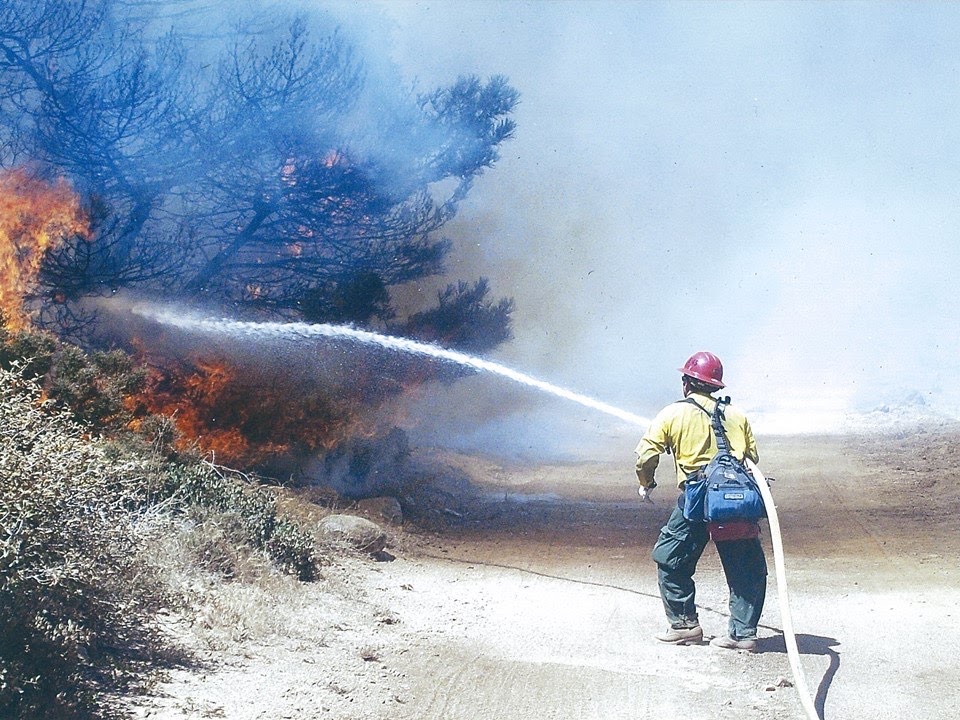The Telegraph Fire has been devastating Miami and Superior, Arizona since early June.
With about 88,155 acres destroyed, this fire seemed nearly impossible to get under control. However, the Arizona Miami Fire Department has worked every day to fight it. By Sunday, June 13, it was 76% contained. This fire is a stark reminder of how dangerous the fire season is in the state, now more than ever.
So why are the fires increasing?
“Obviously, we’ve been in a drought for almost five years now,” said Mike Russ, a former fire captain for the United States Board Service on the Sequoia National Forest.
Due to global warming, Arizona wildfires have increased significantly over the past couple years. Arizona temperatures have risen higher every summer, leaving the driest regions with no mercy. In 2020, there were a total of 58,950 wildfires nationwide, according to the National Interagency Fire Center. The number of wildfires increased 17%, compared to 2019.
Russ also described other contributors to the intense wildfires.
“You have a lot of stress in the national forest because of the beetle kill, so there’s a lot of dead trees,” Russ said. “Compounding that, you also have people building homes closer to the wildland, so there’s a lot of factors that go on with the fire.”
The firefighters’ work lives have changed due to the increasing fires. Their already dangerous jobs become more so.
“You’re on the same fire for over 21 days,” Russ said. “And … now you could go on the same fire for three 21 day shifts, which I’ve done.”
These shifts were not always so long.
Russ said that on a 21 day shift, the firefighters usually cover three or four fires.
“But that’s not the case anymore,” he said. “What happens now is, you go on a fire for 21 days, and you’re on the same fire. They are burning more intensely, they’re getting bigger, and they’re harder to control.”
For many firefighters, the increasing challenges have not merely affected their work — it has changed their personal lives as well. Some firefighters are concerned with the mounting fire dangers, with some even leaving their jobs due to the increased risk when fighting the fires. The increasing hours affect their job performance and energy.
“You’re always gone,” Russ said. The firefighters are working 1,000 hours or more overtime. “There’s a lot more stress on the firemen, because they can’t get home, they’re gone longer, their bodies don’t repair after an assignment.”
This is the kind of dangerous work that reinforces the importance of training and preparation.
“You had to go back, see if you were following policy and procedure, see if you were following standards that we have, that kind of thing,” he said. Russ said it made him reevaluate the actions he made while firefighting and compare them to his peers’ decisions.
Russ, who retired in 2015, reflected on the tough times in his job. He described the second guessing of his work that occurs during a tough fire.
“It made you do a little soul searching,” Russ said. “I mean, I’ve watched people get burned, and then I was really close to when people died on the fire line.”
Despite the risks, however, he still stayed: “I never thought I would quit my job. I loved my job.”

